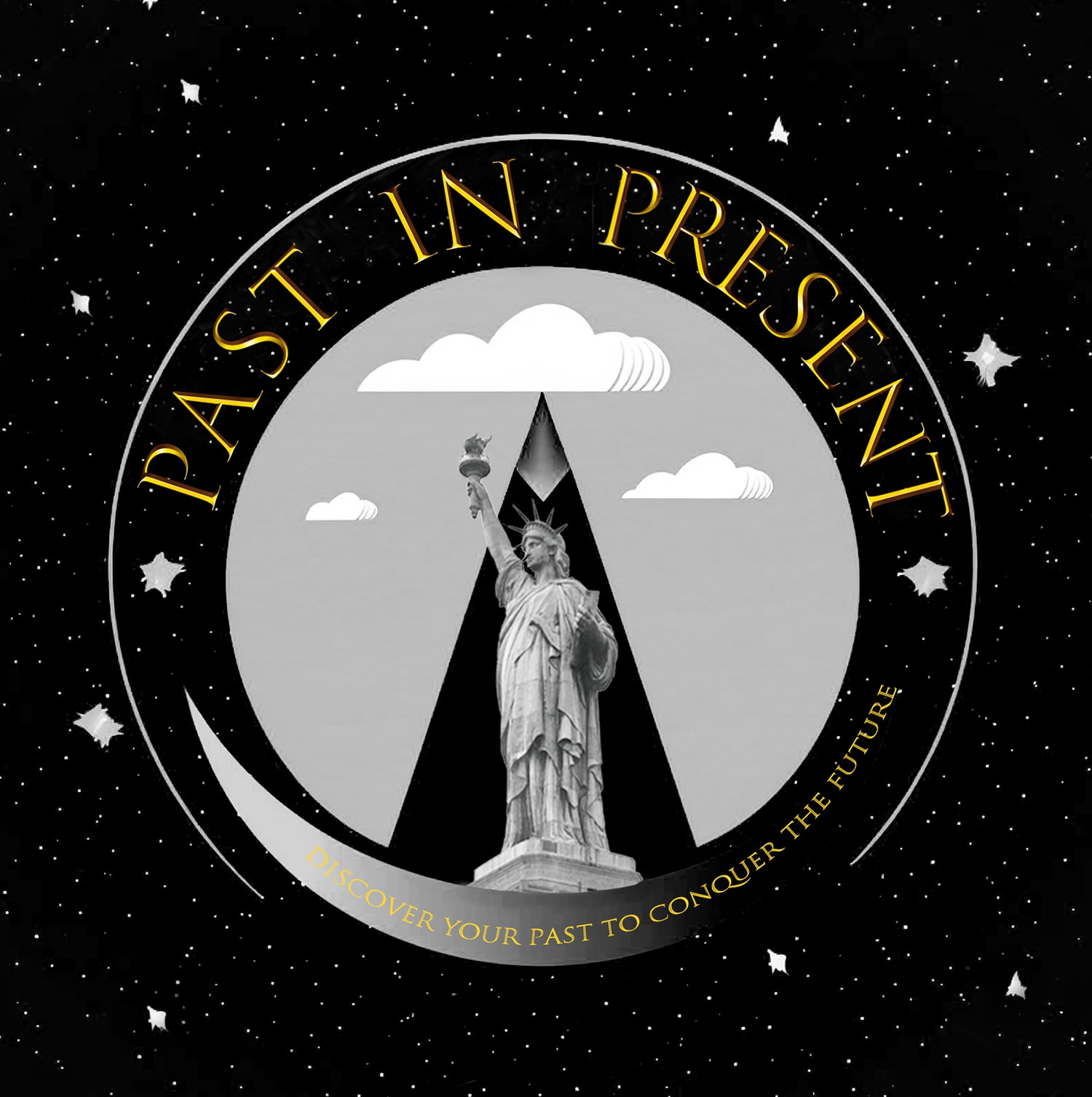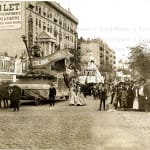 Hudson-Fulton Celebration Parade Float # 23 Title Car, Colonial Period New York City, 1909.
Hudson-Fulton Celebration Parade Float # 23 Title Car, Colonial Period New York City, 1909.
 Hudson-Fulton Celebration Parade Float # 23 Title Car, Colonial Period New York City, 1909.
Hudson-Fulton Celebration Parade Float # 23 Title Car, Colonial Period New York City, 1909.
 Hudson-Fulton Celebration Parade Float # 23 Title Car, Colonial Period New York City, 1909.
Hudson-Fulton Celebration Parade Float # 23 Title Car, Colonial Period New York City, 1909.
 Hudson-Fulton Celebration Parade Float # 23 Title Car, Colonial Period New York City, 1909.
Hudson-Fulton Celebration Parade Float # 23 Title Car, Colonial Period New York City, 1909.
 Hudson-Fulton Celebration Parade Float # 23 Title Car, Colonial Period New York City, 1909.
Hudson-Fulton Celebration Parade Float # 23 Title Car, Colonial Period New York City, 1909.
Hudson-Fulton Celebration Parade Float # 23 Title Car, Colonial Period New York City, 1909
17 x 21.8 cm
Further images
Hudson-Fulton Celebration Parade Float # 23 Title Car, "Colonial Period" followed by Float # 52 "Introduction of Croton Water", followed by Float # 39 "Washington Coach In Yonkers Parade", followed by Float # 35 "Order of the Cincinnati"
Float # 23 “Colonial Period”
This float symbolized the English regime, which, with a single brief interruption, extended from 1664 to the American Revolution. In front of a colonnade draped with British flags, a crowned lion and a banner bearing the arms of Great Britain represented the successors of the Dutch. Radiating from the base in the foreground, the muzzles of several cannon suggested Great Britain’s military power on land and sea, while chests of tea in the background recalled the system of taxation which was one of the causes of her loss of the colonies.
Float # 35 "Order of the Cincinnati”
The Order of the Cincinnati, composed of descendants of officers in the allied American and French armies and the oldest hereditary society in the United States, was formed in “the Temple,” near Newburgh, in 1783. The float represented the exterior of the Temple, before which a number of Continental officers, with raised hands, took the oath of membership. The well-known insignia of the Order of the Cincinnati adorned the sides of the float.
Float # 39 "Washington Coach In Yonkers Parade”
this float was a full-sized representation of the picturesque “chariot” drawn by four horses and mounted by two footmen in the rear, in which Washington rode to his inauguration in 1789.
Float # 52 "Introduction of Croton Water”
is float represented the introduction of Croton water in the City of New York in 1842. In the background a female figure poured water from cornucopia into a reservoir, from the front of which the water issued in streams. Several female figures with jars, in he foreground, symbolized the use of the water.
The streets of New York City were alive with public parades, concerts, and festivities. These events drew massive crowds, with people from all walks of life coming together to participate in the celebrations. The parades included elaborate floats, historical reenactments, and representations of different ethnic communities, reflecting the diverse makeup of New York’s population.









